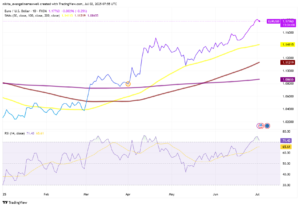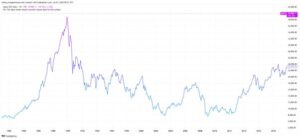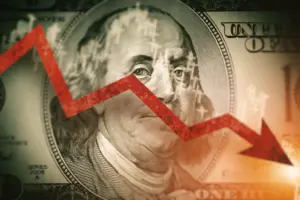On Thursday, the U.S. dollar steadied after digesting weaker economic data. Investors turned their attention from domestic softness to signs of easing trade tensions, while the Japanese yen awaited guidance from the Bank of Japan's upcoming meeting.
In April, the dollar recorded its biggest monthly drop in two and a half years, as uncertainty surrounding President Donald Trump's shifting tariff policies weighed on growth expectations and dented investor confidence. However, the greenback has since rebounded after Trump suspended some tariffs and hinted at possible deals with trading partners, including China.
In early Asian trading, the dollar was up about 0.5% against the euro, reaching $1.1328. It also gained against the pound, trading at $1.3323, and strengthened versus the yen to 142.93.
Trump told a television audience on Wednesday that potential trade deals with India, South Korea, and Japan were in play, and expressed optimism about reaching a resolution with China. Meanwhile, the U.S. Trade Representative’s office clarified that no official talks with China were currently underway.
U.S. data released overnight showed that GDP growth turned negative in the first quarter, largely due to a surge in imports ahead of tariffs. However, some measures of private consumption held up, providing a degree of support. Markets now await April’s employment report due Friday, which will be key in gauging the risk of a recession. Expectations are for a slowdown in job creation to around 130,000.
Ahead of that, the Bank of Japan will hold its monetary policy meeting in Tokyo. No rate changes are expected, but attention will be focused on the central bank’s assessment of the economic outlook and the yen, especially as trade negotiations with the U.S. continue.
The dollar, which fell below 140 yen last month, could extend its rebound if the BOJ shows little inclination to raise interest rates in the near term.
Elsewhere, the Australian and New Zealand dollars remained firm. The Australian dollar rose slightly to $0.6413, supported by inflation data that came in slightly hotter than expected, softening the market's expectations of policy easing. The New Zealand dollar hovered near $0.5940.
Overall, the foreign exchange market is bracing for further developments in global trade, U.S. economic releases, and central bank signals that will shape currency movements in the days ahead.





